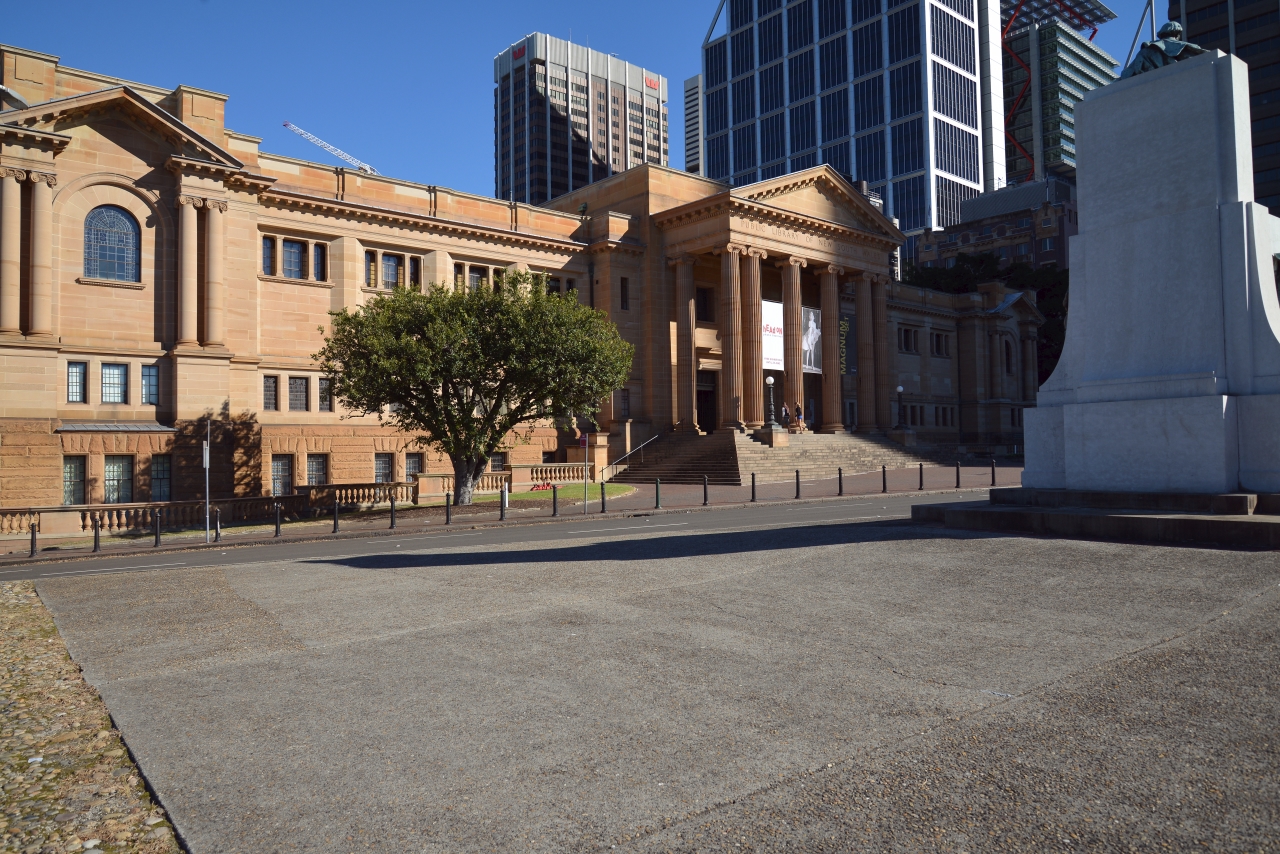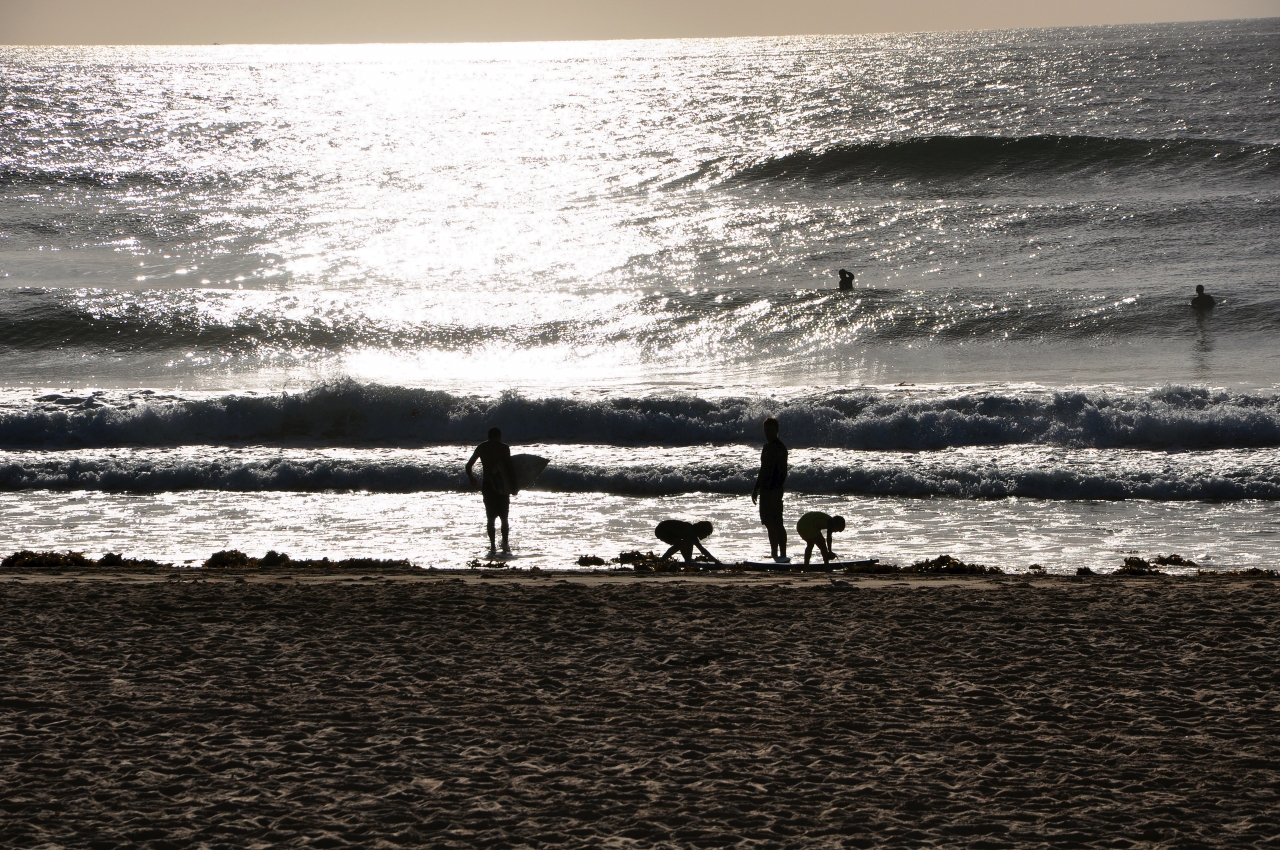The Remarkable Journey of the White Ibis in Sydney: A Story of Resilience and Adaptation
The Australian white ibis, known scientifically as Threskiornis molucca, is a distinctive wading bird from the ibis family, Threskiornithidae. It is found across much of Australia, easily recognizable by its predominantly white plumage, bare black head, long downcurved bill, and black legs. Contrary to popular urban myth, the Australian white ibis is a native species of Australia, not an immigrant from Egypt.
Urban Adaptation: From Rarity to Ubiquity
Historically, the Australian white ibis was a rare sight in urban areas. However, since the late 1970s, it has established a significant presence in the urban areas of the east coast. Today, it is a common sight in cities like Sydney, Melbourne, Adelaide, Darwin, the Gold Coast, Brisbane, and Townsville. In recent years, the bird has become more regular around Perth, Western Australia, and its surrounding areas. Interestingly, populations have disappeared from natural breeding areas such as the Macquarie Marshes in northern New South Wales, indicating a shift in their habitat preference.
The Emergence of the “Bin Chicken”
With its increasing presence in the urban environment and its habit of rummaging in garbage, the species has acquired a variety of colloquial names such as “tip turkey” and “bin chicken”. This change in behavior has led to the nickname ‘the bin chicken’. This moniker, while humorous, highlights the bird’s adaptability to urban life.
Diet and Feeding: A Shift in Food Sources
The Australian white ibis has a diverse diet that includes both terrestrial and aquatic invertebrates and human scraps. Its preferred foods are fish, frogs, crayfish, mussels, shellfish, crabs, and insects. However, due to their changing habitat and expanding population, many ibis have started supplementing their diets from landfill sites and bins in urban areas.
Conservation Efforts: Protecting Our Feathered Neighbors
In response to the growing urban populations of the Australian white ibis, management plans have been introduced in Sydney. There are several ways you can help this Sydney icon. Instead of feeding ibis, consider keeping an eye out for wing tags and report sightings to the BigCity Birds App. This helps researchers understand the distribution and movement of urban ibises. You can also get involved in Citizen Science projects about ibises in your local area.
Join the Discussion: Share Your Ibis Encounters
We encourage readers to share their thoughts and experiences with the Australian white ibis in the comments section below. Whether you’ve spotted one in your backyard, have a question about their behavior, or want to share a fun fact, we’d love to hear from you. Remember, respectful and constructive comments contribute to a richer understanding of these fascinating birds.
Conclusion: A Testament to Nature’s Adaptability
The Australian white ibis is a testament to the adaptability of nature. Despite the challenges posed by urbanization, this bird has found a way to survive and even thrive. However, it’s important for us to remember that they are a part of our ecosystem and deserve our respect and protection.
Photographed at Sydney Fish Markets by Mike Fernandes
For more stories like this go to PhotoChronicles.net
Tags: #WhiteIbis, #SydneyWildlife, #UrbanAdaptation, #Conservation, #AustralianBirds





Leave a Reply